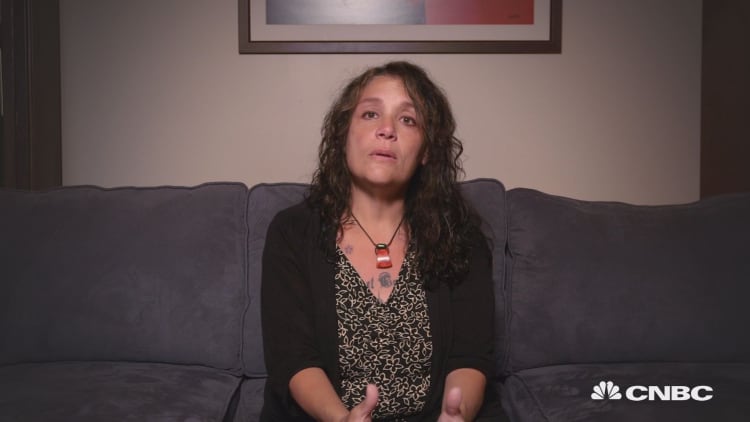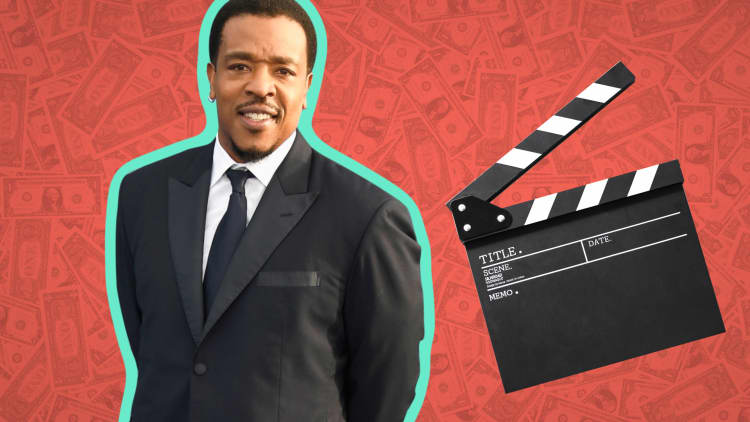Don't let job loss or a surprise medical bill leave you deep in debt. An emergency fund is an essential safety net that will offer financial protection when life doesn't go as planned. (And when does it really go as planned?)
"Things break and life happens," says Douglas Boneparth, president and founder of Bone Fide Wealth. "To be able to keep moving forward despite an emergency is a massive win for your financial life. Cash reserves can be paramount to obtaining strong financial health,"
One common question when establishing an emergency fund is: "How much should money should I have saved?" Truth is, there's no magic number. You need to consider your own personal needs — if you have a mortgage to pay or a family to feed — to determine how much you need to get by.
Financial professionals do generally agree on the fact that everyone should aim to have at least three to six months' worth of living expenses stowed away in case of an emergency.
Things break and life happens. To be able to keep moving forward despite an emergency is a massive win for your financial life. Cash reserves can be paramount to obtaining strong financial health.Douglas BoneparthPresident and founder of Bone Fide Wealth
Follow these three easy steps to calculate how much you'd personally need in order to pay all your bills for three, six, nine (or more) months should you need to in an emergency. Here, we're using the median U.S. household income, which was just over $63,000 in 2018, in the example below.
1. Find out what you make after taxes
First, you need to figure out your post-tax, or net, annual income. Your net income is any money you take home after all deductions, such as federal taxes, have been withheld from your paycheck.
To do this, you need to know two things: 1) Your salary before taxes and 2) Your individual tax bracket.
It's easy to find your 2020 tax brackets with a little googling, and you can usually find your pre-tax salary through your company's HR portal (though that's really a number you should know).
The median earner in U.S., who makes $63,000 before taxes, has a tax rate of 22% for 2020.
Once you've determined your starting salary and tax bracket, the math looks like this:
- First, multiply your starting salary by your tax rate: $63,000 x (22/100) = $13,860
- Then, subtract the amount you paid in taxes from your total take-home pay: $63,000 - $13,860 = $49,140.
"This figure will vary a lot depending on state or city where you reside, how much you earn, plus other personal factors, such as your 401(k) savings, whether you have kids, any tax deductions and more," explains Boneparth.
If you don't want to go to the trouble of doing all of the math yourself, you can also take advantage of a handy, online income calculator, such as this one from Smart Asset. Here, you can insert your annual or hourly salary, your marital status (single or married), location where you reside, and any tax allowances in order to determine your take-home pay based on your pay frequency.
2. Divide your take-home salary by 12 months
Step two is to divide your take-home income by 12 months. This will show you how much income you typically bring home in a given month.
With our example, you'd divide $49,140 by 12, which gives you $4,095 as your monthly take-home pay.
While $4,095 may initially sound like an ambitious amount to save up for an emergency fund, the typical American spent around $3,900 a month in 2018 on everyday essentials, such as food, housing, utilities, transportation and health care, according to the latest consumer spending data from the Bureau of Labor Statistics.

3. Determine how many months of income you want to stash away
Finally, multiply your monthly income by the number of months you'd like your emergency fund to last, so if you want a three-month cushion, you'd just multiply $4,095 by three to get $12,285. (This number will be higher or lower depending on your monthly take-home pay.)
If you want to save for a six-month emergency fund, multiply your monthly expenditure by six. For a nine-month emergency fund, you'd multiply by nine and so on.
How long should your emergency fund last?
Although experts say to save three to six months of your income, it's a highly personal decision and it can be difficult to save that much when you have many competing expenses, from rent to student loan bills.
If you've lost your job, three months' savings is only sufficient if you are someone who feels confident that they can find new work quickly, Tiffany Aliche, personal finance expert and founder of The Budgetnista, tells CNBC Make It.
For people with niche or more specialized lines of work, finding a job may take more time than it would for the average person, and therefore, they should plan to put away more money.

The average length of time unemployed workers went without job was 20.2 weeks, according to Nov. 2019 data from the Bureau of Labor Statistics, which is just over five months' time. And, 20.8% of the unemployed were out of work for 27 weeks or longer.
Tips for setting up an emergency fund
Successfully saving for an emergency fund often requires a bit of strategic planning and discipline.
"It's good to setup a plan when saving for anything," Boneparth says. "Having a plan in place helps with accountability and execution because writing something down tends to make it more real."
One way to help ensure you stay on track with contributing to your emergency fund is to set up automated withdrawals that funnel directly from your paycheck to a savings account (preferably, a high-yield one).
Having an understanding of where you spend your money first, meaning mastering cash flow, will help you understand where you can cut and what you are willing to cut.Doug BoneparthPresident and founder of Bone Fide Wealth
Additionally, if you aren't satisfied with the pace at which your savings is growing, look for opportunities throughout the year where you'll have more money to work with. A bonus at work or healthy tax refund can make a real difference if put toward your reserve.
Finally, investing money in your future self often requires a bit of financial sacrifice in the present. If increasing your emergency fund is of top priority, you may have to pass on dining out so often or skip on buying the shoes you've been coveting.
Where you choose to cut back is "up to the individual," explains Boneparth. "Having an understanding of where you spend your money first, meaning mastering cash flow, will help you understand where you can cut and what you are willing to cut," he says.
Don't miss: To retire at 65, millennials will need to save nearly half of their paycheck
Like this story? Subscribe to CNBC Make It on YouTube!



